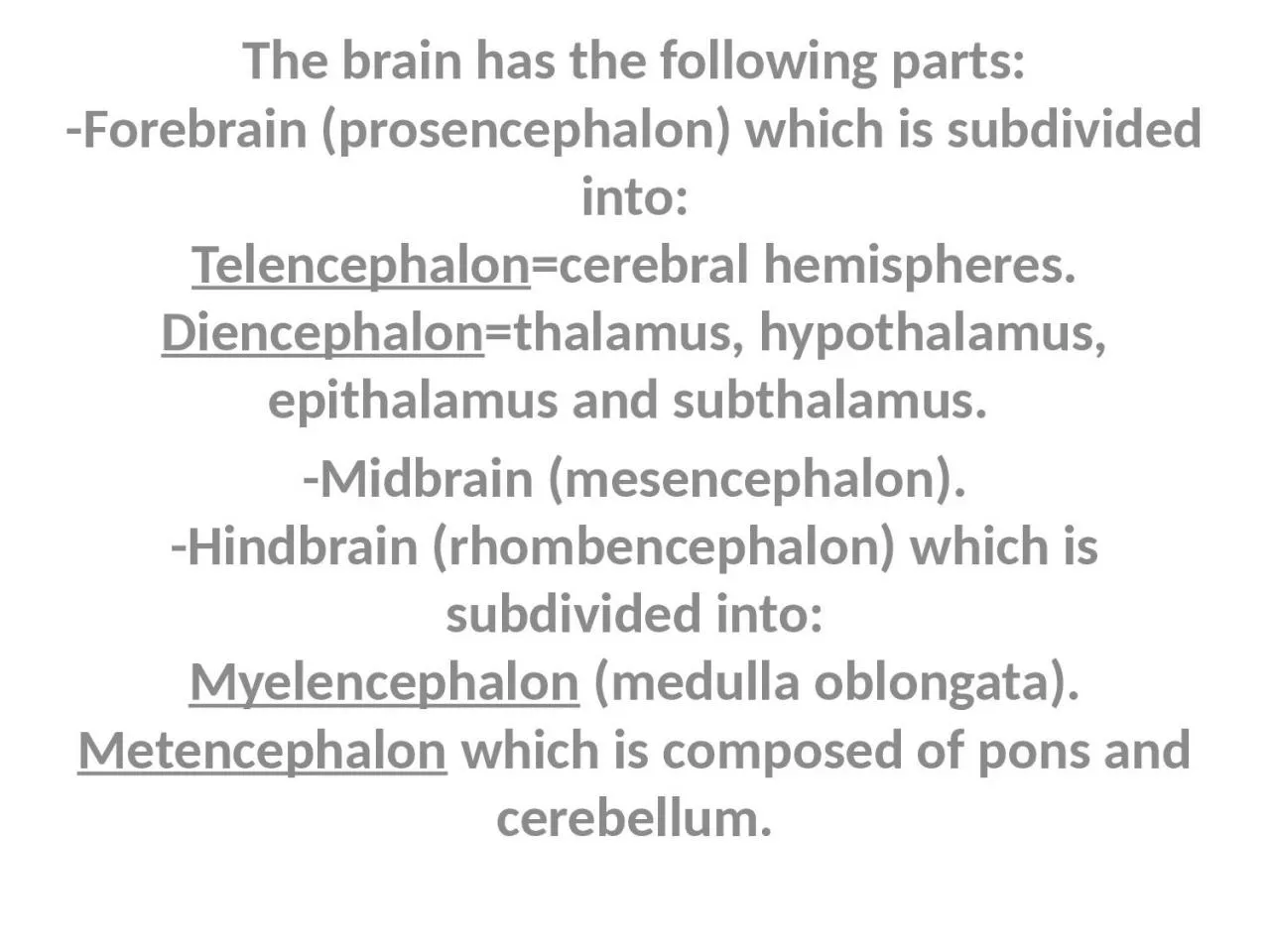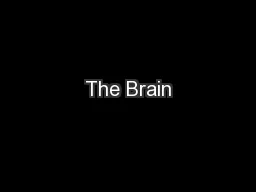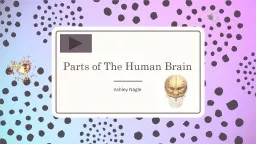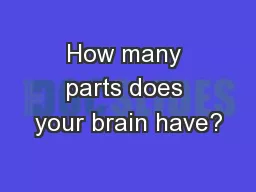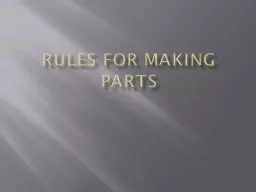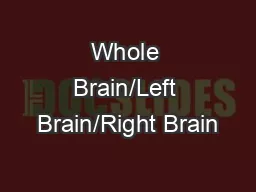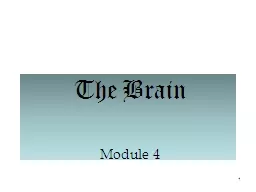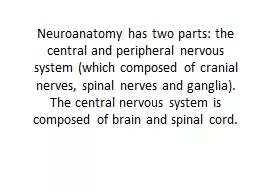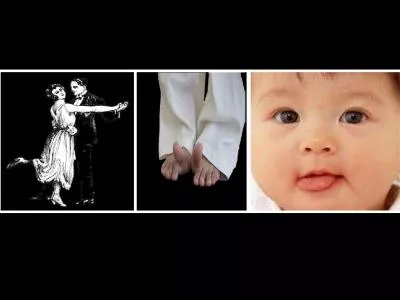PPT-The brain has the following parts:
Author : FuzzyWuzzyBear | Published Date : 2022-08-03
Forebrain prosencephalon which is subdivided into Telencephalon cerebral hemispheres Diencephalon thalamus hypothalamus epithalamus and subthalamus Midbrain
Presentation Embed Code
Download Presentation
Download Presentation The PPT/PDF document "The brain has the following parts:" is the property of its rightful owner. Permission is granted to download and print the materials on this website for personal, non-commercial use only, and to display it on your personal computer provided you do not modify the materials and that you retain all copyright notices contained in the materials. By downloading content from our website, you accept the terms of this agreement.
The brain has the following parts:: Transcript
Download Rules Of Document
"The brain has the following parts:"The content belongs to its owner. You may download and print it for personal use, without modification, and keep all copyright notices. By downloading, you agree to these terms.
Related Documents

